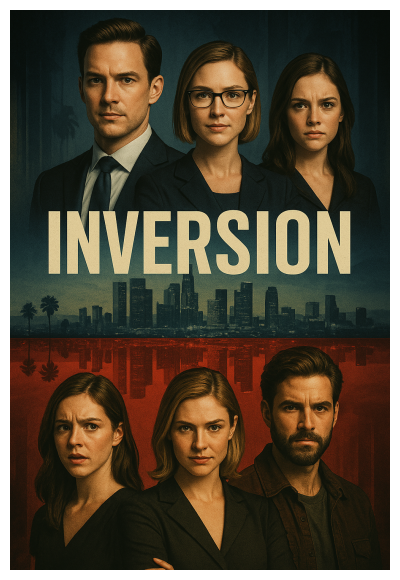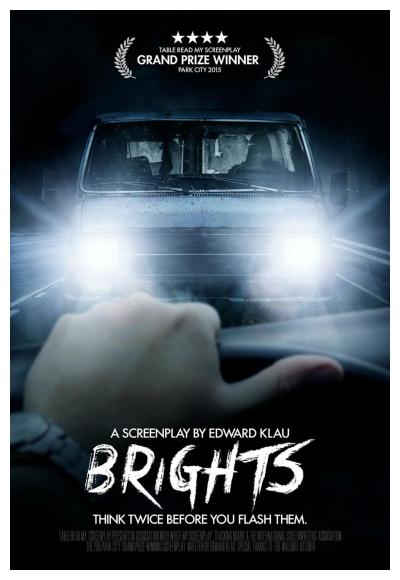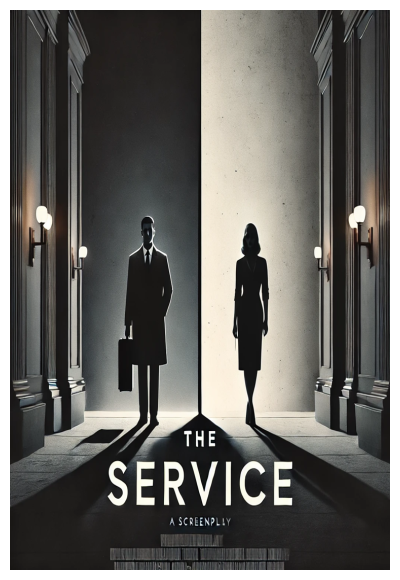
Synopsis/Details
Valerie Nagano was once a globally recognized professional pool champion—confident, magnetic, and dominant in her sport. Known by her nickname “Jaga,” she dazzled audiences with her skills and style, becoming a celebrity in the niche world of billiards. But in the present day, she’s no longer on talk shows or magazine covers. Instead, she’s bruised, battered, and clawing her way back from obscurity, working as a private investigator in Los Angeles while managing a struggling all-female pool hall called The Hall.
Valerie’s world is defined by two arenas: the brightly lit competition tables of her former life and the shadowy, chaotic streets of a fractured, racially hostile Los Angeles. A year after a brutal, mysterious attack left her near death in a coffee shop, Valerie now walks a dangerous tightrope between violence and justice. Her world changes again when she receives a high-profile case: locate Charles Hellion, a billionaire real estate tycoon who has gone missing.
Valerie is summoned to “Quarterdeck,” Hellion’s lavish, fortress-like estate in Bel-Air, by his elegant and enigmatic wife Lucia. With the promise of triple her rate and potential elite clientele, Valerie takes the case despite having no missing persons experience. It soon becomes clear that her Japanese-American heritage is seen not as incidental, but as instrumental—Lucia wants a discreet, “exotic” face to navigate sensitive spaces without drawing attention. The racial objectification is casual but cutting, setting the tone for Valerie’s navigation of power and identity throughout the story.
Valerie begins her investigation by speaking with Hellion’s adopted daughter, Kaylina, a sharp, cynical young woman with her own distrust of Lucia. Kaylina directs Valerie to Hellion’s yacht, where Valerie uncovers clues pointing to the seedy Taxy Bar. Using undercover tactics and her sharp instincts, she tracks a suspect—Metty—a crude, racist regular who may be linked to Hellion’s disappearance. After following him and using clever deception to get his home address, Valerie’s pursuit of the truth intensifies.
Along the way, Valerie endures constant racial slurs, microaggressions, and full-on hate crimes, underscoring a central theme of the screenplay: the lived reality of Asian-American women in a society that both fetishizes and scapegoats them. Her physical wounds—from brass knuckle attacks and verbal assaults—mirror her emotional ones. Yet Valerie channels this rage and trauma into action, refusing to be diminished.
She partners with Detective Sofia Quero, an insightful and tough Latina cop, who provides her with dossiers on Metty and his white supremacist associate, Burum. Both are tied to a series of racially motivated mass shootings that targeted Asian Americans at local businesses. Despite the brutality of the crimes, evidence is thin, and without confessions, the police are stymied.
Valerie begins to suspect that Hellion’s disappearance is connected to these shootings—not as a victim, but as an architect. Her suspicion deepens when she discovers that Hellion had attempted to buy out multiple Asian-owned businesses near a future subway development. Many owners, bound by the Asian Business Owners Council (ABOC), refused to sell—preferring community over gentrification. Valerie uncovers a chilling possibility: Hellion, unable to acquire their properties legally, may have resorted to terror—staging hate crimes to scare owners into selling.
We see flashbacks to her championship days, her early days as a PI working for Stella Keane, and her painful relationship with her emotionally distant father—who couldn’t even acknowledge her world championship win. These threads show us a woman shaped by abandonment and driven by a need to prove her worth on her own terms.
As the case intensifies, Valerie uses a false online persona to infiltrate the hate forums frequented by E-RACE-ER, WHITE MIGHT, and other digital fascists. She manipulates them into revealing key information—eventually acquiring the same yellow masks worn by the shooters. She orchestrates a sting using an unwitting courier named Willie to lure out Metty at a farmer’s market. Metty panics, pulls a gun, and forces Valerie into her own car.
But the interrogation flips when Valerie confronts him about Hellion. Metty, despite having clear ties to the masked shooters, insists he never met Hellion—raising a deeper mystery: if Metty didn’t abduct Hellion, who did?
Valerie’s doubts are confirmed when a ransom letter arrives, demanding $5 million in exchange for Hellion’s return. Valerie is forced to act as the money drop courier. The plan goes awry when, just after she places the money in a waiting car at Zuma Beach—occupied by someone who appears to be Hellion and the suspect Kriegler—the vehicle explodes in a massive fireball. Hellion is declared dead, and the narrative is conveniently closed.
Yet Valerie doesn’t buy it.
She confronts Windsor, the Hellion family lawyer, who deflects and dismisses her questions. With no conclusive timeline of death and an overly convenient suspect dead at the scene, Valerie believes the true architects of Hellion’s disappearance remain hidden. She’s forced off the case but not off the truth.
Valerie’s investigation pivots to the motive: the subway expansion project and the forced displacement of the Asian business community. She discovers that Hellion stood to make billions if he could flip the neighborhood properties. But the ABOC’s unity stood in his way. Then came the shootings—targeted attacks at Asian-owned businesses that killed over 30 people. The timing, victims, and chaos gave Hellion a path to buy in.
As Valerie digs deeper into the online hate forums, she discovers that the yellow mask worn by the shooters wasn’t random—it’s sold through a hidden vendor linked to the same extremist networks Metty and Burum frequent. Using a social media sting, she gets one of the mask dealers to meet up. She manipulates him into thinking she’s another racist buyer and sets a trap.
In the final act, Valerie orchestrates a tense meet-up with Willie and Metty. When Metty realizes he’s being set up, he panics and confronts her at gunpoint, dragging her into her own car. She tries to force the truth out of him, showing him Hellion’s photo and the matchbook from Taxy Bar. But Metty swears he never met Hellion, even as he clearly recognizes the bar.
Suddenly, Valerie realizes the truth: Metty, a man linked to mass murder, is not lying—he genuinely doesn’t remember. A horrifying possibility dawns: Metty may have been manipulated, conditioned, or used by someone with far more control than anyone imagined. The mass shootings may not have been driven purely by hate—they may have been orchestrated with surgical precision by people like Hellion, using racists as pawns and expendable weapons.
The script ends not with triumph but with unease. Valerie has uncovered pieces of a vast conspiracy, but the full truth remains just out of reach. She’s proven herself a brilliant investigator, but she’s scarred, both physically and emotionally. She’s earned a seat at the table but wonders if the table itself is rigged.
All Accolades & Coverage
Second Rounder, Launch Pad Feature Competition 2024
Quarterfinalist, Vail Film Festival Screenplay Competition 2024
Quarterfinalist, ScreenCraft Feature Competition 2023
Semifinalist, Filmmatic - Inroads Fellowship Season 6
Story & Logistics
Story Situation:
Crime pursued by vengeance
Story Conclusion:
Bitter-sweet
Linear Structure:
Non-linear
Cast Size:
Several
Characters
Lead Role Ages:
Female Adult
Villian Type:
Pure Evil
Advanced
Subgenre:
Conspiracy, Detective/Private Eye/Mystery, Hard-boiled Detective, Techno-Thriller
Equality & Diversity:
Minority Protagonist
Writer Style:
Ben Hecht, Raymond Chandler







